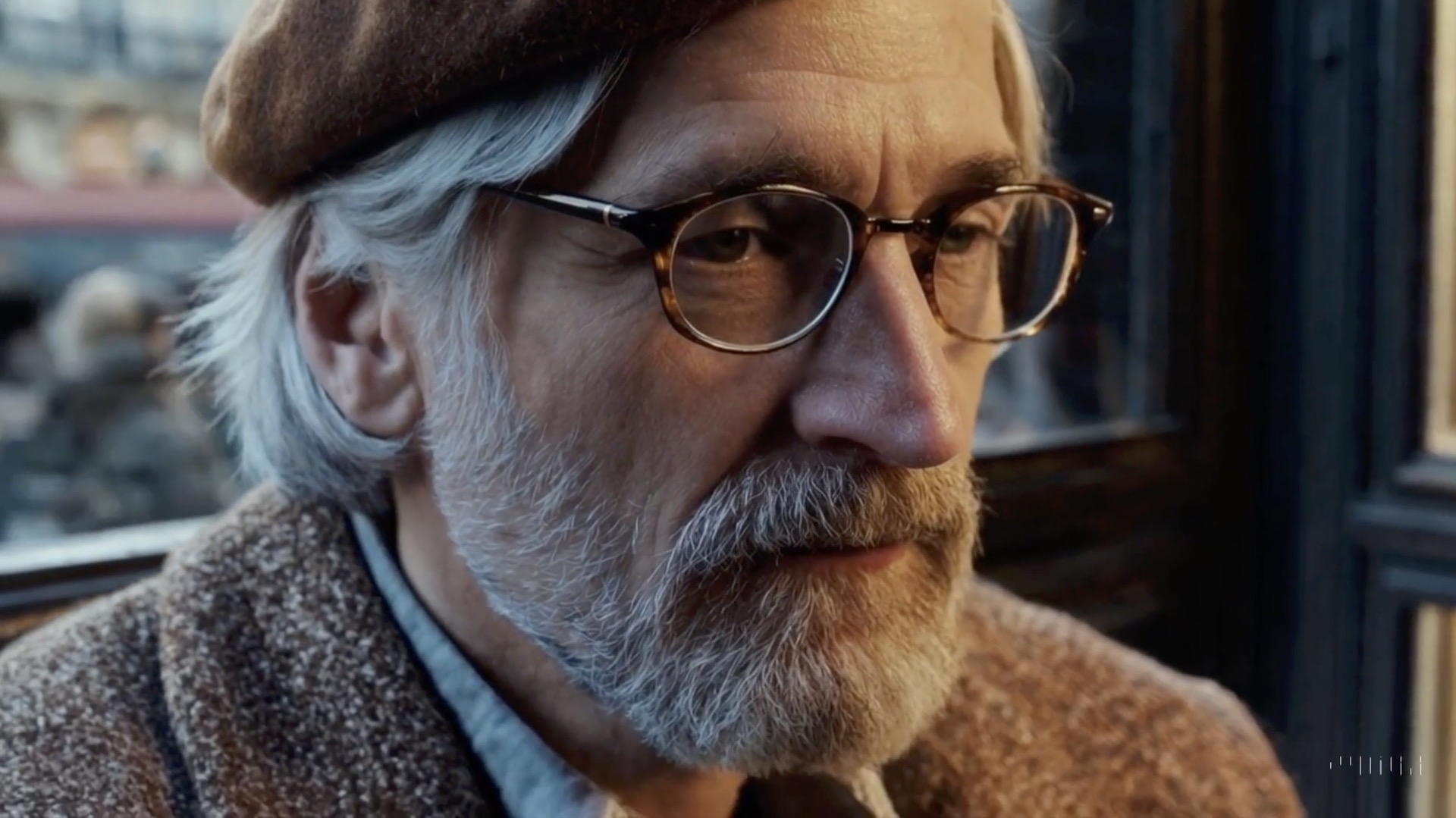OpenAI Sora, an advanced AI text-to-video model, has made significant strides in producing highly realistic videos that blur the line between artificial and authentic content. This technological breakthrough marks the dawn of a new era in AI-generated video content, particularly in realms such as stock footage. Notably, two exemplary instances showcase the model’s prowess in generating lifelike visual narratives:
-
Stylish Tokyo Stroll: A chic woman confidently traverses a neon-lit Tokyo street, exuding elegance in her ensemble of a black leather jacket, a flowing red dress, and stylish black boots. The vibrant cityscape, reflected on the damp pavement, sets the stage for a captivating urban scene bustling with pedestrians.
-
Scenic Big Sur Sunset: A breathtaking aerial view captures waves crashing against the rugged cliffs of Big Sur’s Garay Point Beach, illuminated by the golden hues of the setting sun. The juxtaposition of the azure waters, rocky shore, and distant lighthouse paints a vivid picture of the coastal beauty along the Pacific Coast Highway.
Moreover, OpenAI Sora’s innovative approach focuses on teaching AI to simulate real-world dynamics, aiming to empower users in problem-solving scenarios that demand interactive solutions.
While the model’s capabilities are awe-inspiring, it is currently accessible primarily to red teamers for risk assessment and a select group of creatives for feedback. OpenAI emphasizes Sora’s proficiency in comprehending language intricacies to craft compelling characters and scenes that resonate with vibrant emotions, ensuring continuity and visual coherence across multiple shots within a single video sequence.
Despite its strengths, the model faces challenges in accurately replicating complex physics and causal relationships in scenarios. Spatial orientation and temporal sequencing may pose difficulties, leading to occasional inaccuracies in detailed descriptions.
Looking ahead, the evolution of AI prompt filmmaking hints at the potential for dialogue-driven narratives to enhance storytelling depth beyond the current emphasis on visual aesthetics.
In conclusion, while the advancements in AI-generated content are groundbreaking, concerns loom over the potential displacement of creative roles by automation. The ethical implications of AI-generated content, especially in relation to copyright issues, raise pertinent questions that await legal scrutiny. As the industry navigates this transformative landscape, the trajectory of AI in filmmaking underscores both its promise and the need for ethical considerations moving forward.
By Erik Naso
Erik Naso, an esteemed 18-time Emmy award-winning Director of Photography, brings over two decades of experience in photojournalism and broadcast television to his visual storytelling craft. His transition into filmmaking has kindled a passion for narrative production, complemented by his role as an esteemed educator offering filmmaking courses on platforms like LinkedIn Learning.










